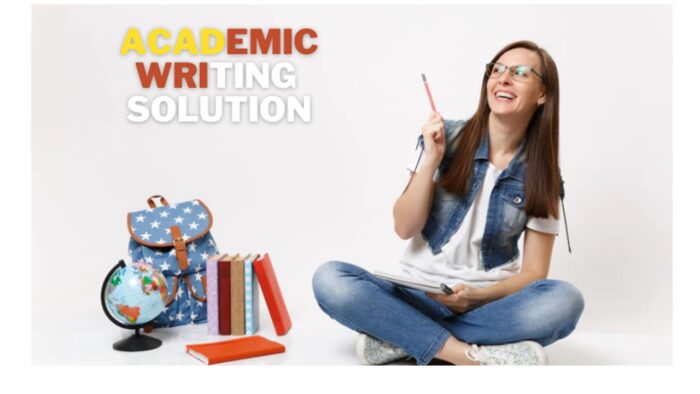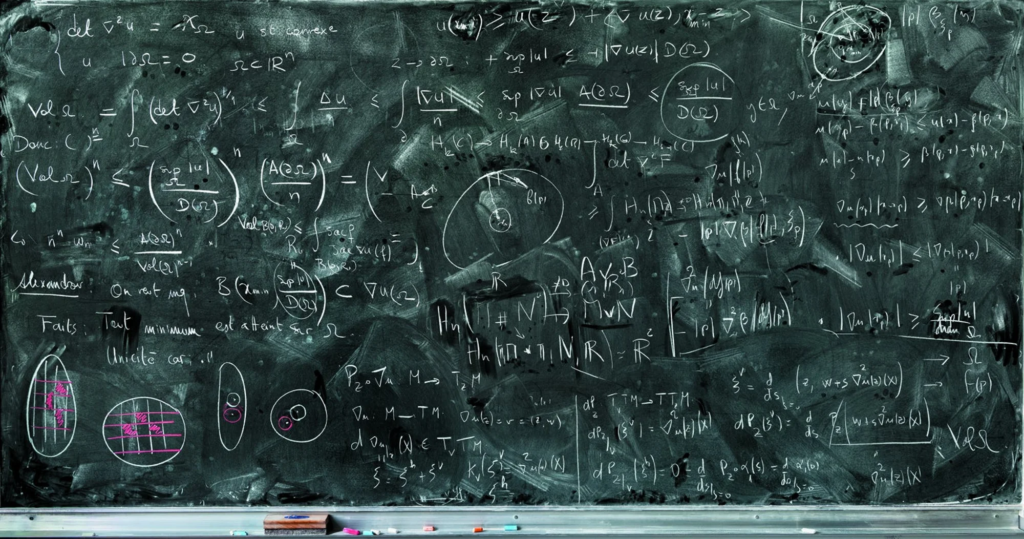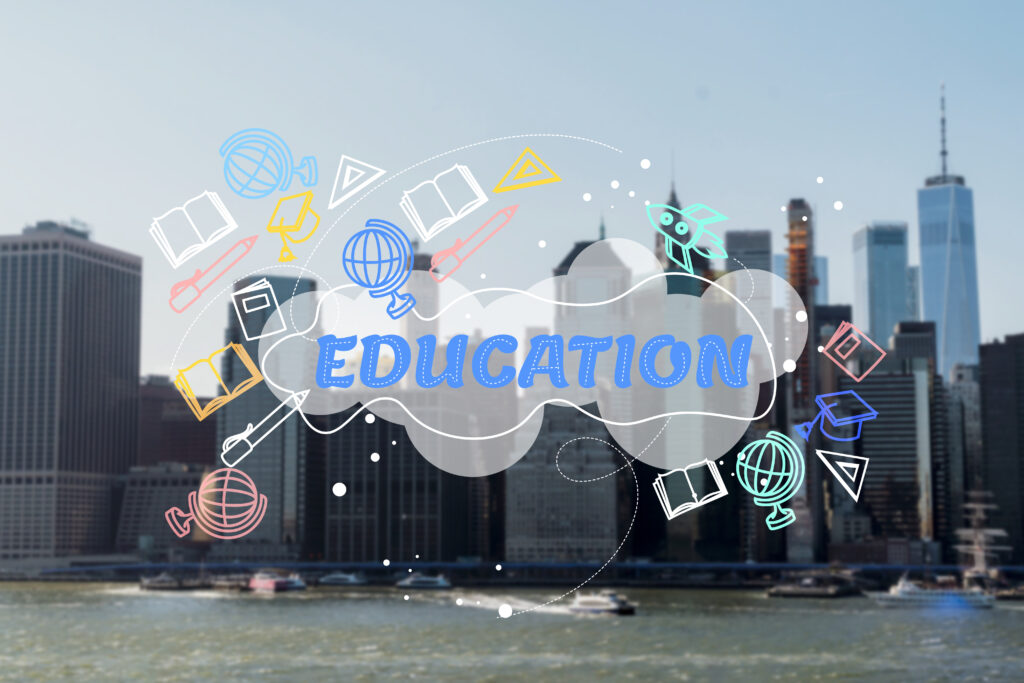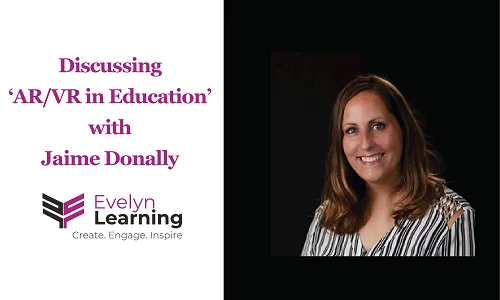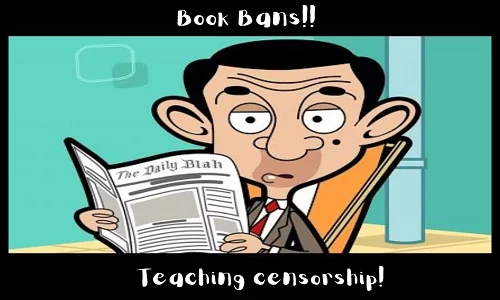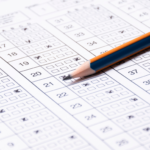Every student forms assignments and thesis during their academic career. The formation of these types of writing seems to be a headache to the student. Sometimes, they take a shortcut by copying material from different sources, such as the internet.
This simple copy-paste is plagiarism. If you are encountering this term for the first time, you may face confusion in your mind.
Here is a helpful guide about plagiarism and how it is harmful to you and your academic writing. So let’s get started.
What is Plagiarism?
Plagiarism is the incorporation of someone’s content into your piece of writing. It does not only mean simple copy-pasting. If you are taking images from a website, producing false citations, or not giving the author proper credit, you are plagiarizing.
What are the types of Plagiarism in Academic Writing?
Based on the usage of text, there are different types of plagiarism. If you are copying a whole paragraph or quoting an entire segment in your material, it is direct plagiarism.
If you are taking a whole article on a topic, it is complete plagiarism. If you are adding chunks in different paragraphs at different places, it is mosaic plagiarism.
All kinds are strictly prohibited during academic writing and are considered a serious offense.
What are the Consequences of Plagiarism?
Plagiarism can have harmful effects on your academic and professional career. The list of its deadly consequences is very long. Some of the significant results are as follows:
Plagiarism can destroy a student’s reputation
Plagiarism can destroy a student’s reputation in many ways. The assignments and projects can be canceled on a small scale, or a penalty can be charged, such as remaking assignments.
At the college and university level, it can be more dangerous. The student’s thesis can be canceled, and the student can be expelled.
A poison to an academic career
If a student is expelled from an institution due to plagiarism, the student may not be admitted to another university or college. The student will become unable to write something as it has no credibility.
It can put a full stop to the learning and education process. Due to this, a student can become a victim of depression, which may lead to severe results.
Monetary penalty can be charged
If a person steals the work of an author, journalist, or professional writer, it can also lead to a monetary penalty. This depends on the sensitivity of the content a person is stealing.
This rule has been applied in various educational institutions, where a monetary penalty is charged besides the rejection of the paper. This penalty is a burden to the pocket.
With this penalty, the publication process can also be stopped.
Legal issues can be raised
It is the responsibility of every writer to give the author credit or at least cite the author’s name in both in-text citations and bibliography.
If the person making a new paper uses resources of others and does not do citations properly, the person can be accused of copyright claim. According to copyright laws, an academic paper can be canceled and an inquiry will proceed.
It can hinder the learning process
Academic writing is a whole procedure in which a person selects a topic. After that, the person conducts primary and secondary research on it and then forms it on the paper.
This process gives knowledge and creates ideas that can help a student with their exams. Through academic writing, a student can make their concepts clear.
If the student does not try by themselves and copy-pastes the material of other students or authors, the student will not get proper knowledge. The student will ultimately fail at the time of exams or during the evaluation of their thesis.
Quality of Content Decreases
A student can find data related to their topic on the internet. However, this data may or may not be helpful for them.
If the student copies that material without going through it, they might add something irrelevant. Irrelevant data can harm the quality of content.
If a teacher reads a thesis on respiratory diseases and goes through some information about the anatomy of bones, the teacher will suspect the student.
Not only will the content quality be destroyed but also the reputation.
Ways to Avoiding Plagiarism In Academic Writing
It is an excellent way to read other people’s work as it can help create ideas and concepts. At the same time, there is a danger of unintentional plagiarism.
There are many ways by which you can avoid plagiarism. Some ways are:
- Research yourself for your topic and collect information. In this way, the entire material will be yours, and there will be no copied text.
- If you are using someone’s concept, always paraphrase it. You can do so by reading the original material two to three times and then reproducing it in your own words. Alternatively, you can use an online paraphrasing tool to paraphrase text without typing a single word. The tool will rephrase the text you upload in no time. The generated text will be flawless and have no traces of duplication at all.
Online Tool For Help
There are many online tools by which you can check the plagiarism percentage. These tools are suitable for maintaining academic integrity. As for teachers, there are several plagiarism-checking tools available which provide descriptive reporting and grading on assignment papers.
However, learners and thesis writers can use a plagiarism checker for students to perform self-evaluation before submitting the final copy to teachers. Such tools allow students to learn and improvise their writing abilities.

They have bundled tools, and you can also use them to paraphrase and rephrase. They will make your content better and help make it SEO-optimized.
Conclusion
Copying material from sources and not giving credit is plagiarism. It has many harmful consequences, such as the loss of productivity, academic integrity, cancellation, and penalties.
These consequences are difficult for students and those who earn through writing. To avoid such consequences, many ways are discussed above.
A brief introduction of online tools is given, which you can check and use for assistance in academic writing. In a nutshell, this is the complete guide on plagiarism and its removal.

